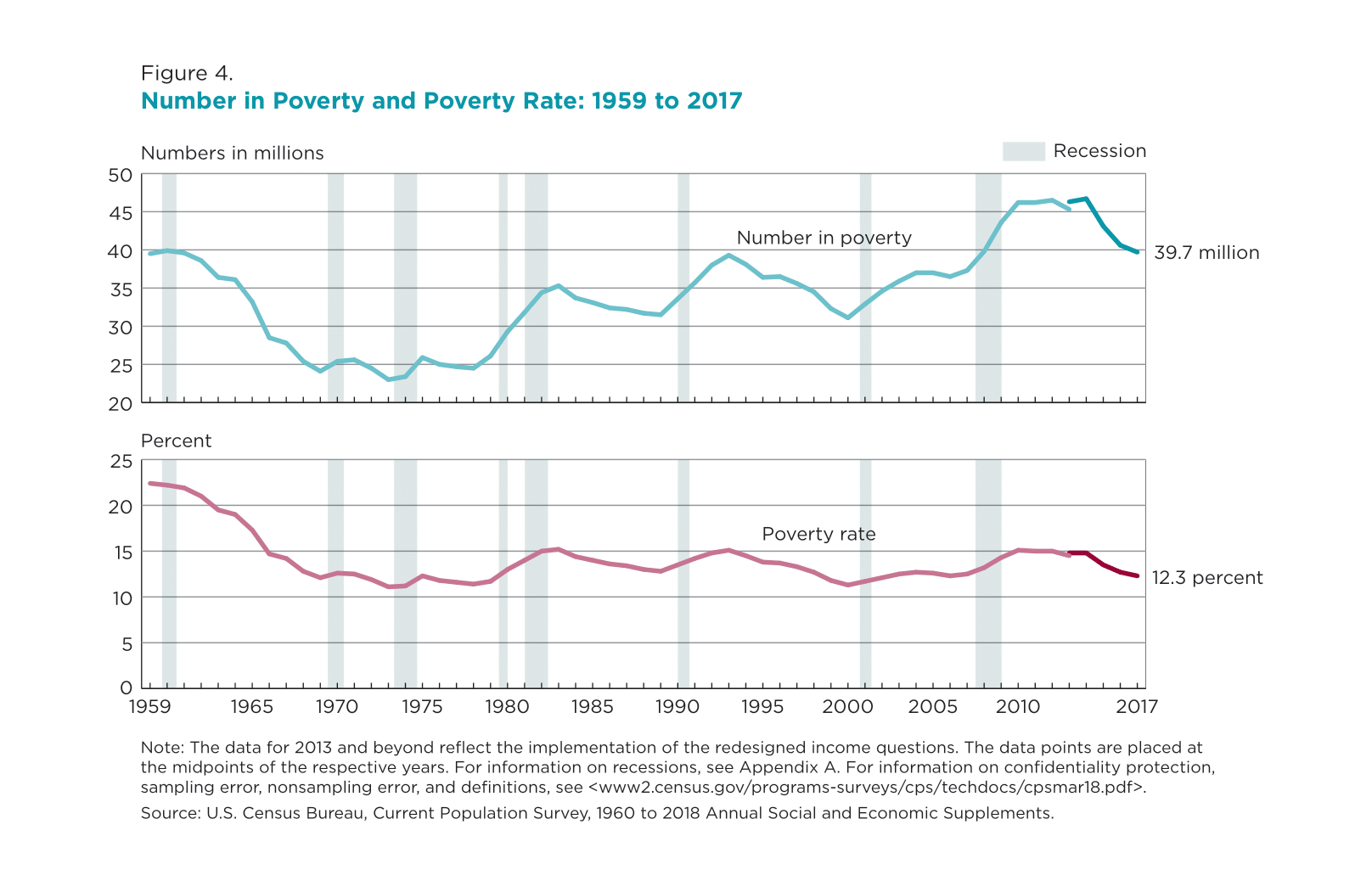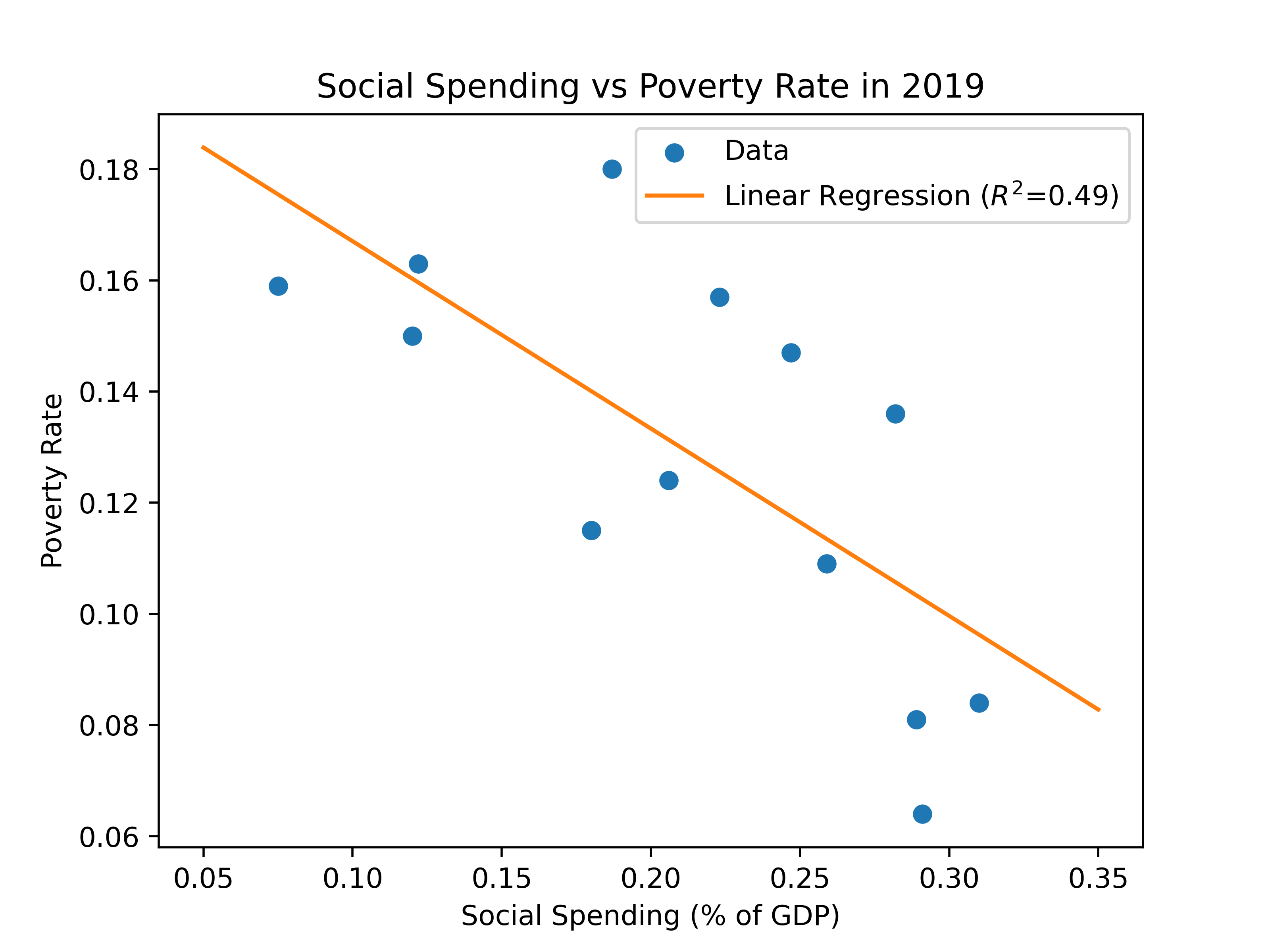Economic Possibilities for Ourselves
In 1930, during the depths of the Great Depression, John Maynard Keynes wrote a famous essay “Economic Possibilities for Our Grandchildren” that took the long view of economic history. While large portions of the British and US populations were struggling to find work due to financial crisis, Keynes worried about technological unemployment and its impact on an unprepared society. Most of the essay is focused on the forthcoming social changes necessary to adapt to this problem.
Predictions
However, “Economic Possibilities for Our Grandchildren” is most famous for the predictions it makes.
- In 100 years, the standard of living will be 8 times better off.
- The economic problem, the struggle for sustenance, may be solved, or be at least within sight of solution, within a hundred years.
-
Most famously of all, a 15 hour work week. Although, it isn’t really a prediction. The exact quote is
Three-hour shifts or a fifteen-hour week may put off the problem for a great while.
- That culture will reform to stop valuing greed and usury and work.
Only one of these predictions has been met.
- US real GDP, that is GDP inflation adjusted to FY2012 dollars, was \$1015.8 billion in 1930 and \$20,014.1 billion in 2022. The US population numbers were 123,202,624 in 1930 and 333,287,557 in 2022 according to the US Census estimates. Thus real GDP per capita was \$8243.0 in 1930 and \$60,050.5 in 2022. If standard of living = real GDP per capita, then the standard of living has increased >6x in the past 100 years.
- If the struggle of sustenance = above the poverty line, then we are nowhere close to eliminating poverty, even in advanced economies. The US poverty rate in 2021 was 11%. In countries with stronger social safety nets, it is lower but still present. The Canadian poverty rate in 2021 was 7.4%. The German poverty rate has consistently been above 10% for the past >30 years.
- No country in the world is close to a 15 hour work week. Some Western European countries are close to 1300 annual hours worked, which averages to 25 hours per week across an entire year. The decline in annual working hours has plateaued in many countries as the 35-40 hour workweek has remained the norm. In the US, annual working hours have stabilized around 1800 for decades.
- US culture has not let go of the Protestant work ethic over the past 100 years. If anything, secularization and the deterioration of civil society in America1 has led work to become more central to people’s identities. European work culture is much more inline with Keynes’ predictions.

What Happened?
Keynes accurately predicted the degree of economic growth over the coming century. Why did the other predictions—about changes to society—provide inaccurate? For that answer, we need to turn from economics to sociology, politics, and history.
Prediction 2
The struggle of sustenance, i.e. poverty, has remained in the lives of those in advanced economies. In fact, the poverty rate is decoupled from GDP growth. The US poverty rate has oscillated between 10% to 15% for decades, with only 1 big reduction due to the Great Society programs of the 1960s. Keynes’ assumption that GDP growth therefore less poverty is false.

If the US is richer than in 1970 on a per person basis, the stable poverty rate is failure of distribution. Indeed, US incomes are highly unequal. The history of income inequality reveals that it is affected by policy, union strength, and modes of production more than GDP growth. Inequality was high in the 1920s, declined in the mid 20th century, and then rose after ~1980. The causes are hotly debated.
Income inequality alone isn’t sufficient to explain persistent poverty in the US. In theory, income and wealth distributions can be tightened by the state through taxes and social spending. Taking a global view, some European countries are genuinely close to eliminating poverty through this approach. Their success is stark in contrast to the neoliberal policies of the US.
Since the 1950s, the US tax code has become less progressive as taxes on the rich, income and capital gains, dropped. Pre-tax, the Gini coefficient of the US is on par with higher tax Europe but, post-tax, it falls behind by >0.1.
At the same time, the US safety net is weaker than in other developed countries. In 2019, US spending on social spending was 18.7%, below the OECD average of 20%. Most Western European states had social spending as >25% of GDP. The US doesn’t provide universal health care like in pretty much every other OECD country. Based on data gathered from the OECD and World Economic Forum, social spending is correlated with lower poverty rates.

Economic growth has made the elimination of poverty possible or near possible. This elimination requires a progressive tax system and comprehensive social safety net which many developed countries lack. The solution to the economic problem is within our grasp.
Prediction 3
Working hours and economic growth are not correlated. Higher productivity only makes lower working hours possible, by reducing the minimum number of working hours needs to produce at subsistence level, not inevitable. Previous economic transformations have caused working hours to increase, not decrease.
Working hours in the factories of the early Industrial Revolution were much higher than on farms. It was not uncommon for factory workers to participate in 80-100 hour work weeks spread across >5 days. In medieval Europe, peasants worked only during the growing season in the Spring, Summer, and Fall but intensely: 120 12 hour days a year for a probable total of 1,440 hours annually. Farm and factory work are very different but artisans, which factories replaced, only worked 8-9 hours per day for <2/3 of the year. Thus, the 40 hour workweek is merely a return to the labor norms of the medieval era. However, the Agricultural Revolution, the greatest economic advance before the Industrial Revolution, itself caused working hours to increase from hunter-gatherer societies. Thus, despite the scientific and technological advances of the past 12,000 years, the average person in modern society has less leisure time than their Stone Age ancestors2.
Since the 19th century, reductions in working hours have come through political not economic forces. The 40 hour workweek is a product of legislation. In the US, groups mobilized in support of a 40 hour workweek in the 1860s but it became law in 1940. The story is the same across the world. Then, why did the labor movement stop at 40 hours? Why hasn’t a sub-40 hour workweek been widely adopted?
I don’t have the answer but I suspect part of the reason is that the 955 schedule, 9 am to 5 pm 5 days per week, has been good enough. While 12 hour workdays are genuinely oppressive, 8 hour workdays are bearable. As a result, it is only post COVID that the 4 day workweek idea has taken off. COVID changed Americans’ attitudes towards work, prerequisites to the societal adoption of a 4 day workweek.
Prediction 4
Given that Predictions 2 and 3 have not come true, Keynes’ cultural prediction could not come to pass. The cultural evolution that Keynes’ imagines comes after economic bliss. Until societies solve the economic problem for the supermajority of the population and free up vast reserves of leisure time, we will need to tolerate the vices of greed and usury.
But beware! The time for all this is not yet. For at least another hundred years we must pretend to ourselves and to every one that fair is foul and foul is fair; for foul is useful and fair is not. Avarice and usury and precaution must be our gods for a little longer still. For only they can lead us out of the tunnel of economic necessity into daylight.
In the US, since ~19803 there has been a disturbing trend towards greater works. The centrality of work in people’s lives rose in the late 20th century as social capital and organized religion declined. The decline left a void that work stepped in to fill. Americans view work as more essential to a fulfilling life than romantic relationships or having children. American parents want these same things for their children. Richer Americans work more than poorer Americans.
This is irrational. Research in the social sciences indicates that relationships are the most important factor in life satisfaction. Although there doesn’t appear to be any primacy placed on romantic relationships over friendships or familial bonds, Americans aren’t valuing those either.
In Europe, things are closer to Keynes’ predictions. In general, Europeans work less than Americans due to possessing more vacation time and using it. Often this difference is attributed to culture. Europeans work to life; Americans live to work. Economists disagree4, looking towards taxes, labor policy, or other explanations for the working hour gap. Of course, politics is downstream of culture. Culture plays a role in what policies are implemented.
However the difference started, decades of reduced working hours has ingrained work-life balance in the European worldview. Europeans feel less guilty than Americans when taking vacations. In the same survey, Europeans take more vacations days than Americans when they have unlimited PTO. While Americans and Europeans work off hours at equal rates, European countries are passing laws banning work email after hours in an attempt to maintain a right to disconnect. Nothing of this sort is happening in the US.

The Importance of Politics
Keynes overestimated the importance that GDP growth would have in reaching economic bliss and underestimated the importance of the soft factors: politics, culture, union strength, etc. I believe that for these reasons, Keynes never expressed complete certainty in his predictions. After all, the title of the essay is “Economic Possibilities for Our Grandchildren”, not “Economic Certainties for Our Grandchildren”.
Increases to worker productivity have made the end of poverty and sub 40 hour workweek possible. It is by our hands, not nature’s, that we have failed to achieve these goals. Some examples:
- The nearly 1 trillion dollar US defense budget comes at the cost of greater social spending. A fraction of that could eliminate poverty in the US.
- The US lacks mandated minimum vacation time legislation.
- Companies resist the extensive changes needed to make 4 day workweeks possible.
- Labor leaders tried reviving the push for fewer working hours post WW2 but found most didn’t workers didn’t want a shorter work week.
Keynes thought that Predictions 2 and 3 would lead to Prediction 4. In fact, Prediction 4 must take place before Predictions 2 and 3. Only by changing people’s attitudes towards work and life and inequality can economic bliss be made available for everyone.
-
See Bowling Alone: The Collapse and Revival of American Community. ↩
-
Agriculture also reduced the quality of life for most people. Hunter-gatherers were taller than their farming cousins. ↩
-
This year shows up a lot in the economic history of the US as it represents the shift from the New Deal to the neoliberal era. ↩
-
Naturally, economists will seek economic answers to questions. ↩
If you found this useful, please cite this as:
Pu, George (Sep 2023). Economic Possibilities for Ourselves. https://georgerpu.github.io.
or as a BibTeX entry:
@article{pu2023economic-possibilities-for-ourselves,
title = {Economic Possibilities for Ourselves},
author = {Pu, George},
year = {2023},
month = {Sep},
url = {https://georgerpu.github.io/blog/2023/economic-possiblities-for-ourselves/}
}
Enjoy Reading This Article?
Here are some more articles you might like to read next: